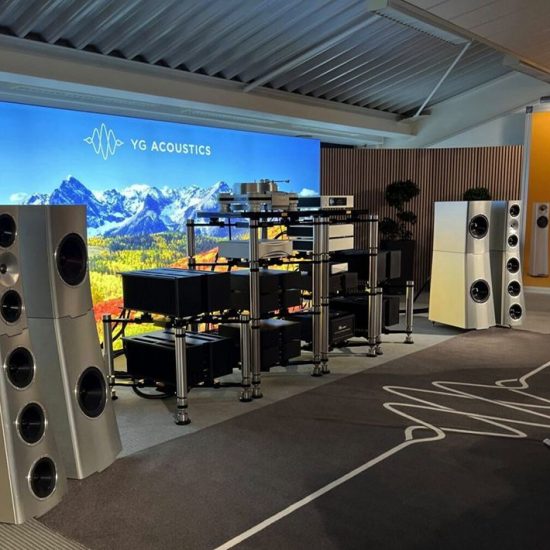When it comes to decorating, one of the biggest challenges is designing small spaces. Too much furniture can feel chaotic, the wrong colour can make it gloomy and the wrong patterns can make it cluttered. Here are some tips.
Filter, identify and prioritise the scale, proportion and requirements of your room. List all the functional requirements of the space. For example, is your living room a space for entertaining guests or simply watching your favourite TV shows? Then figure out what type of furniture and electronics are required for these functions. For instance, a TV may take precedence over a bookcase.
Opt for lighter colours when it comes to smaller spaces, such as white, beige, blue and green. Avoid contrasts and blending different colours.
Use multifunctional or smart furniture. For example, opt for a sofa bed instead of loungers or use medial tables with several drawers. This will save you money and space. It’s also becoming common to use foldable pieces of furniture.
* Courtesy of Mohammad Abu Seer, managing director of Lamar Interiors








